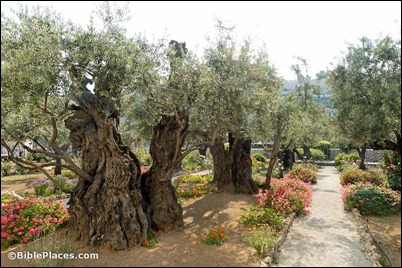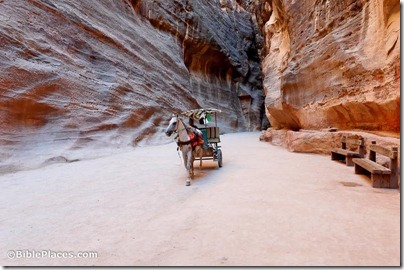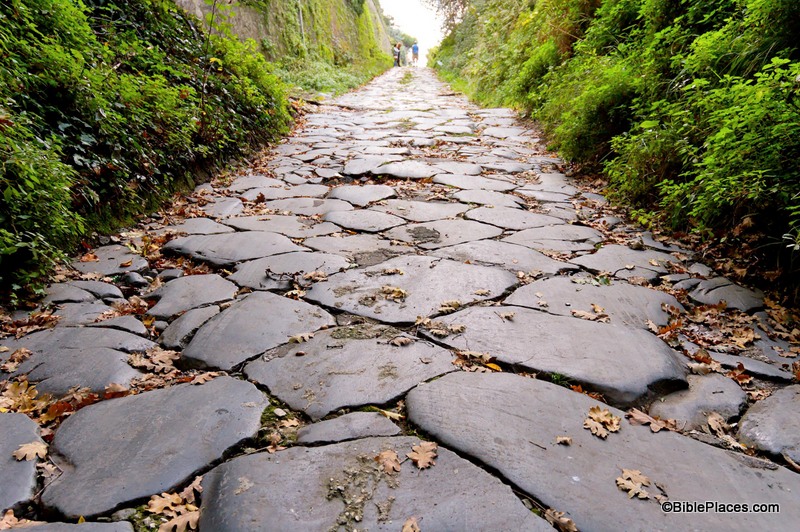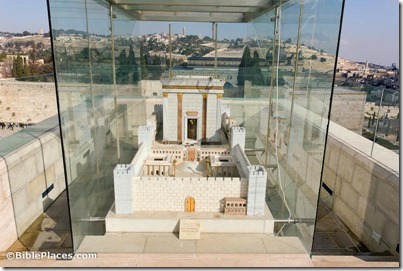The olive trees in the Garden of Gethsemane are about 900 years old and were all shoots of a single tree, according to a three-year study by the National Research Council announced last week in Rome. From TerraSanta.net:
The research results show that three of the eight olive trees (the only ones on which it was technically possible to carry out the study), as dating from the middle of the twelfth century. Hence, the trees are about nine hundred years old. But one point needs to be made clear: the date indicated refers only to the aboveground part of trees – the trunk and foliage. In fact, the same research has shown that the part below ground, i.e. the roots, is certainly more ancient.
The outcome of the investigation must also be put in relation with ancient travel chronicles of pilgrims, according to which the second of Gethsemane basilica was built between 1150 and 1170 (the period during which the Crusaders were engaged in the reconstruction of the great churches of the Holy Land and Jerusalem in particular). It therefore seems likely that, during the construction of the Basilica of Gethsemane, the garden was rearranged, creating a renovation of the olive trees present at that time.
The rest of the story describes the genetic relationship between the trees. Pat McCarthy (seetheholyland.net) informs me that radiocarbon tests carried out by the University of California in 1982 dated some of the tree roots to 2,300 years old. I have not been able to locate a reference for that study yet. Reuters covers the story here.



